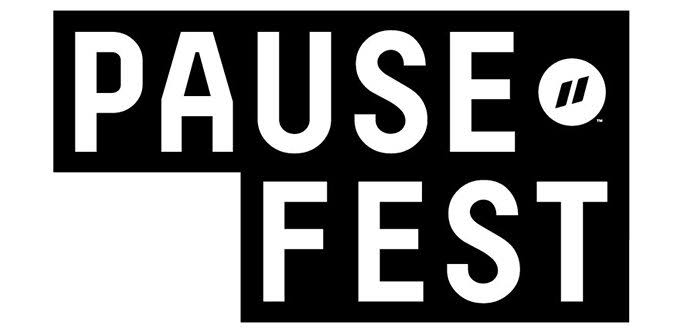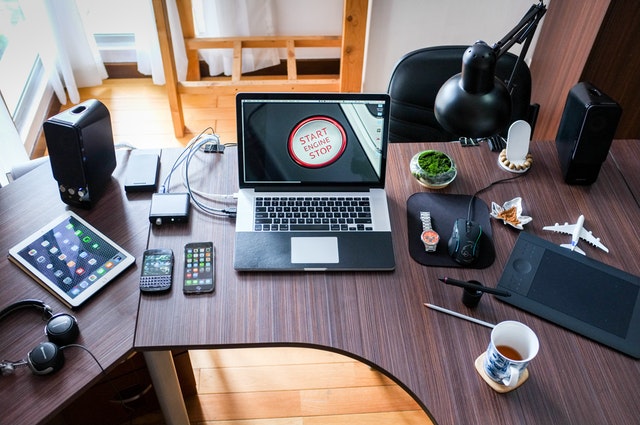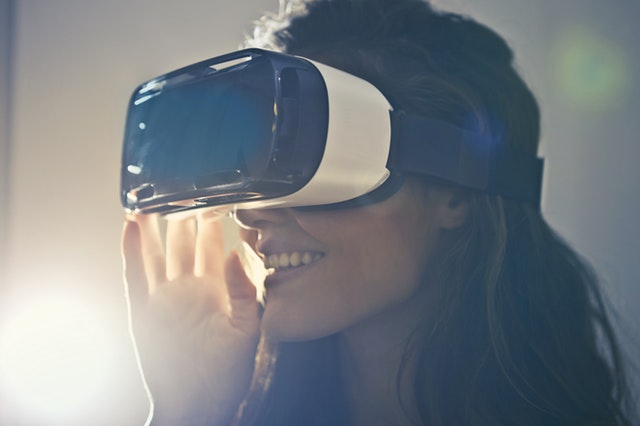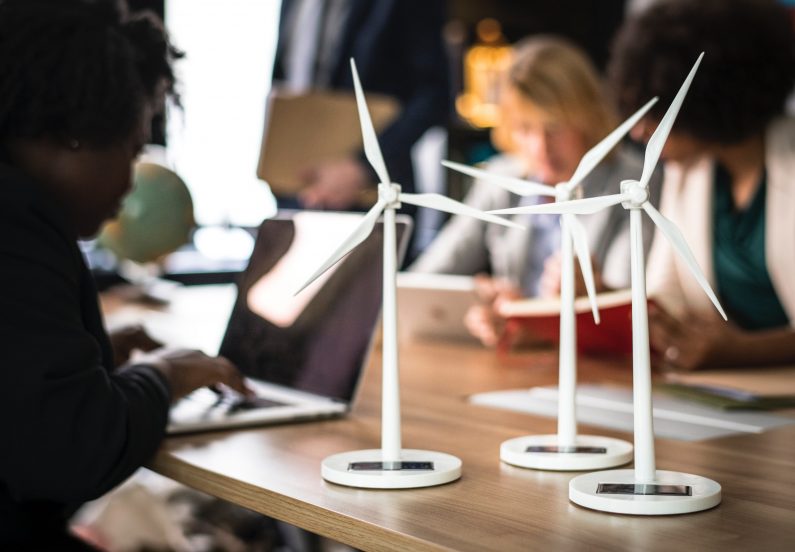The graphics world has always been known for its immense beauty, colour, and bliss. With each passing year, graphic designers seem to be coming up with new ways that continue to blow minds. The graphic design market has made some commendable progress in the past few years. And as we enter the year 2020, there seems to be a lot in store.
Designers have already come up with new futuristic designs that will leave customers more than impressed. From simple to very intricate designs, 2020 has it all. If you are wondering what some of these designs might be this article will satisfy your curiosity. Here is a list of graphic design trends that you are likely to come across in 2020.
You can even attend a conference in Melbourne with new technology and design which is coming up in February 2020.

Futuristic 3D Designs
The invention of 3D technology is groundbreaking to the graphics design world. Through it, graphic designers can bring their content to life and present it in a way that has never been done before. As the years go by, 3D technology is continuously advancing and seems to be getting better and better. Currently, this technique appears to be at its peak. It is, however, one of the trends that are likely to dominate the market in 2020. Unlike the earlier 3D versions, 2020 will add a bit of realism to make the designs even more pleasing.
Panoramic VR/AR Designs
Technology is advancing at an astronomical rate, and this makes it very easy for people to come up with new graphic ideas. People have found ways to incorporate their designs into Virtual Reality display machines. This allows the viewers to feel the models as real-life experiences. This allows the viewers to have a better understanding of the designs showcased. As we cross over to 2020, expect to see more VR or AR used. You can attend a tech conference in Melbourne 2020 to see prototypes like this, and also see start-ups launching new technology as well.
Bold Colour Scheme Design
Colour plays a vital role in graphics. To consider design as beautiful, the designer must use the appropriate colour configuration. Graphic designers have been using colours for a long time, but in 2020 we might see them step up their colour game. Designs in 2020 will have bolder colours that will aim at catching instants attention at first sight. With the help of computer graphic design software, bright colours can combine to come up with bolder and more attractive colours.
Monochrome Designs
Monochromatic colour designs can be used when you are looking for simplicity. This design trend has been around for some years, and it seems like it is here to stay. Expect to see several designers applying the monochromatic technique in their designs throughout 2020. It may sound dull using only a single colour in creating a design; however, if appropriately filtered, the outcome is surprisingly beautiful.
Line Art Designs
The use of line art can be an effective way of sending a message cleanly and simply. This design trend was extensively used in 2019. Designers are out to make it even better in 2020. Line art designs are very good at telling stories about the subject in question. The best thing about them is that they are straightforward to understand. This makes them rank among the top design trends that are likely to dominate in 2020.
Vintage Designs
Designers have been using vintage designs in several of their works, and they are not likely to stop in 2020. This is one of the designs that is currently trending, and it seems to be improving. Using typography, designers can display current events in the form of past scenes. The process mainly involves muting colours that are too loud. After this, a dirty texture may be added to the design to give it an old and rustic look.





